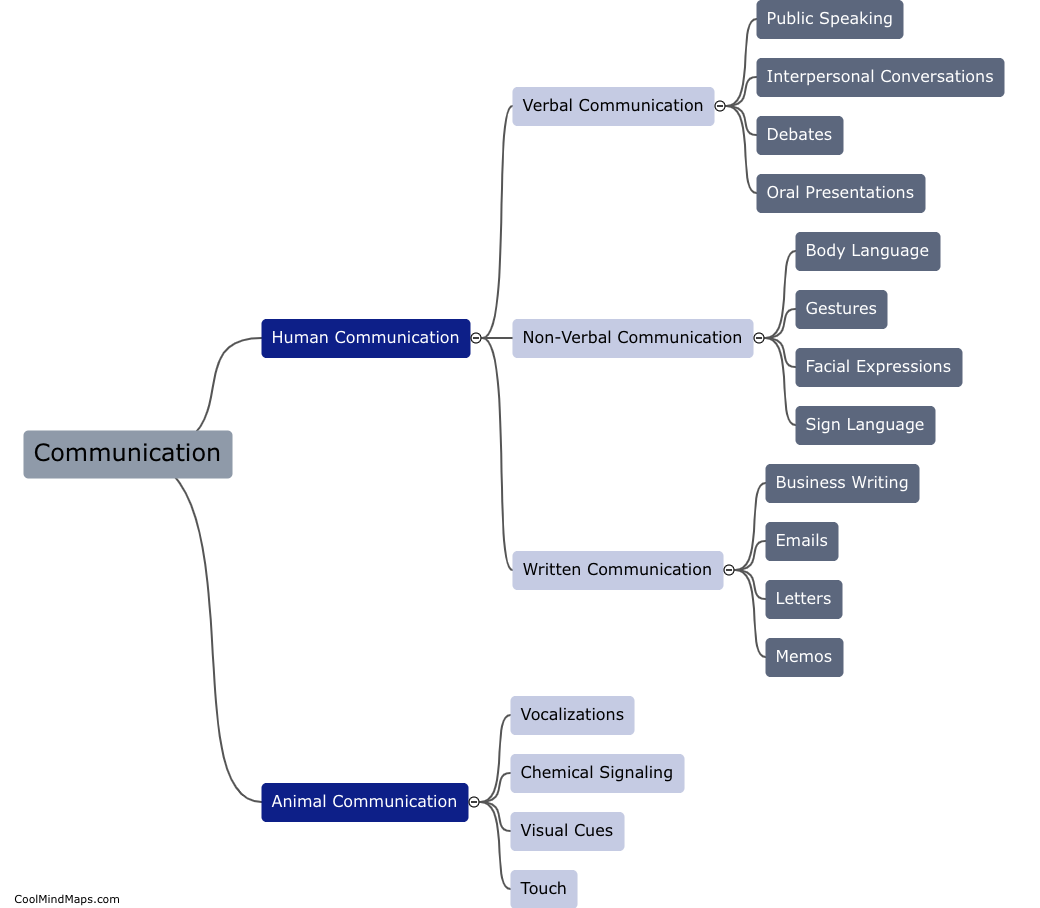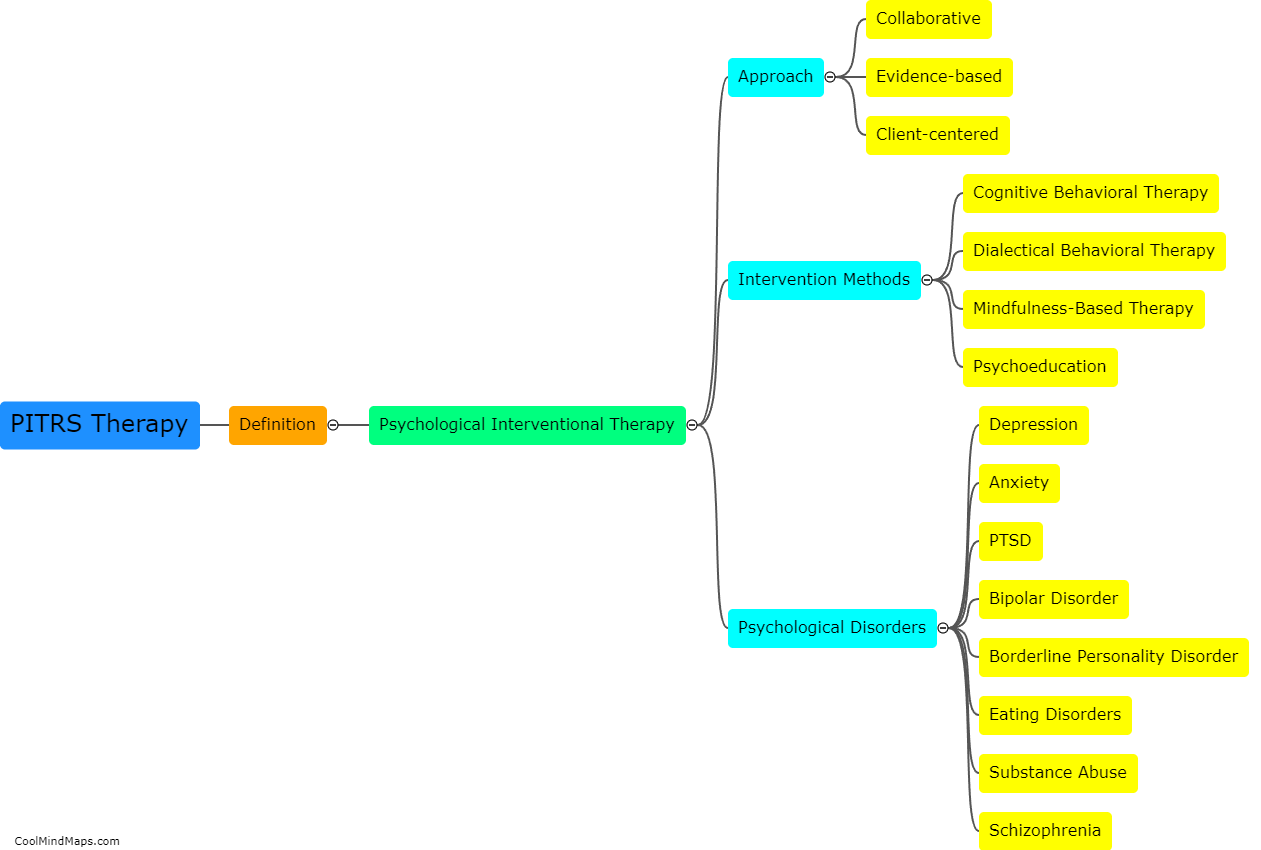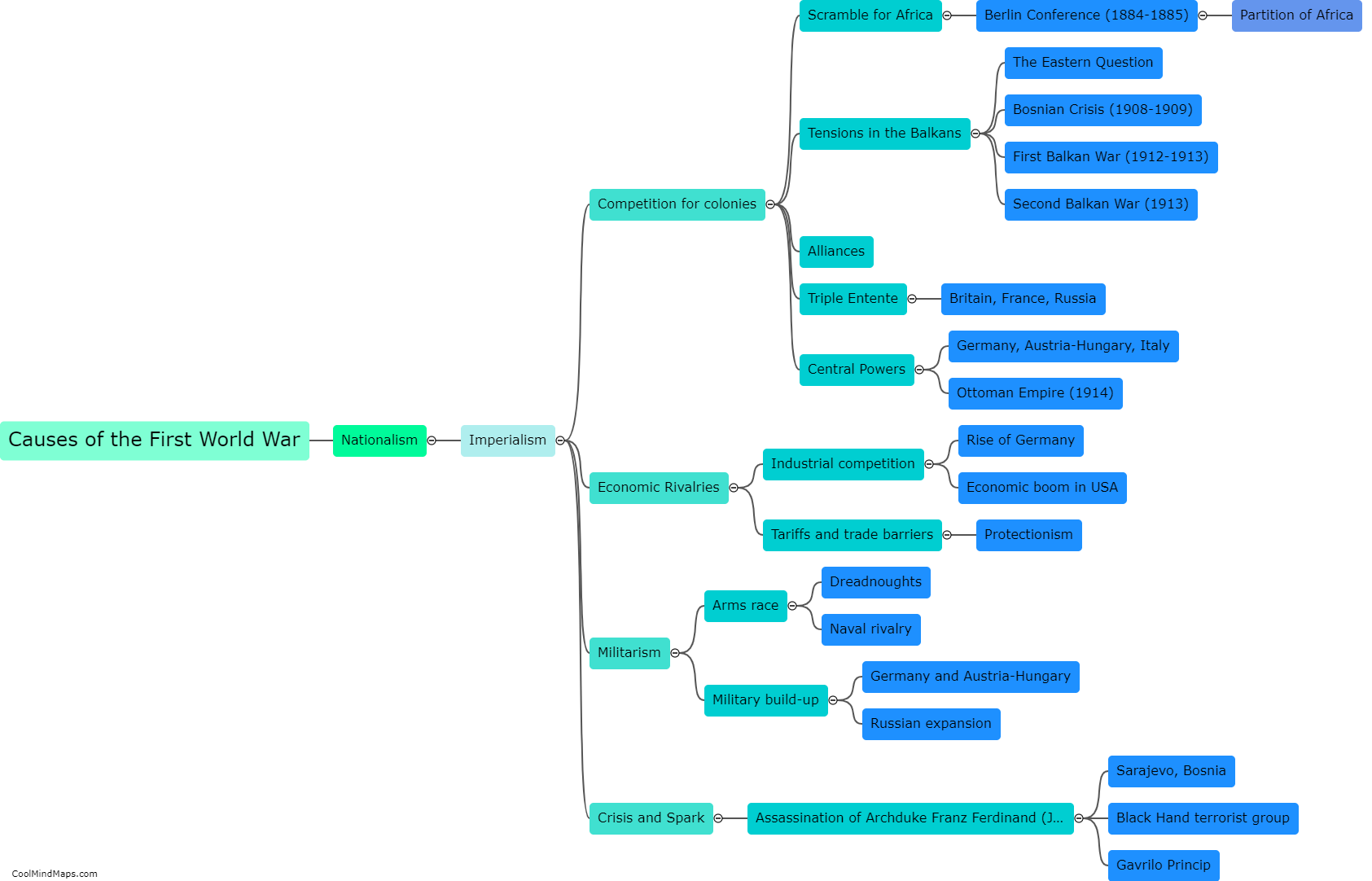How can Continuous Integration be effectively implemented in an organization?
Continuous Integration (CI) is a software development practice that involves continuously integrating code changes from multiple developers into a shared repository. Implementing Continuous Integration effectively in an organization requires careful planning and execution. Firstly, establishing a robust automated testing framework is crucial. This framework should include unit tests, integration tests, and other relevant tests to ensure the stability and reliability of the codebase. Secondly, developers should commit changes frequently to the code repository, allowing for continuous feedback and early detection of any potential issues. It is essential to have a centralized version control system in place, enabling smooth collaboration and easy tracking of changes. Additionally, CI tools such as Jenkins or GitLab CI can be utilized to automate the building, testing, and deployment processes. Regular code reviews and communication among team members are also vital to ensure the successful implementation of CI. Finally, fostering a culture of continuous improvement and encouraging the adoption of CI practices among developers is crucial for long-term success.

This mind map was published on 30 June 2023 and has been viewed 103 times.











